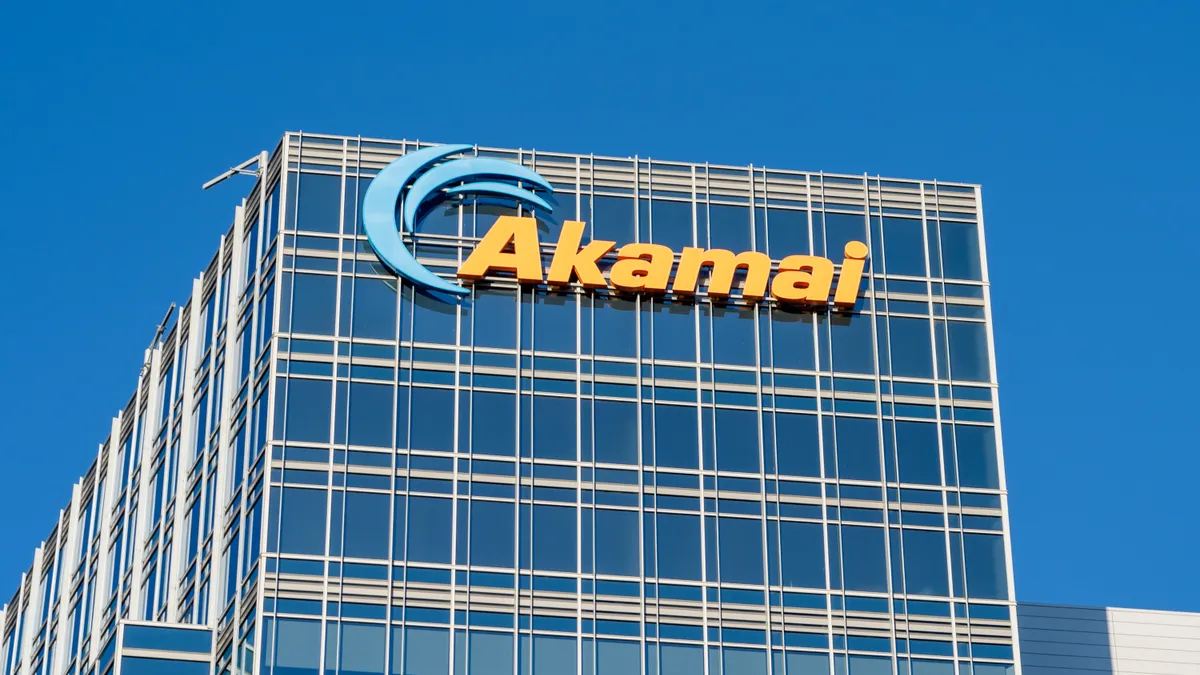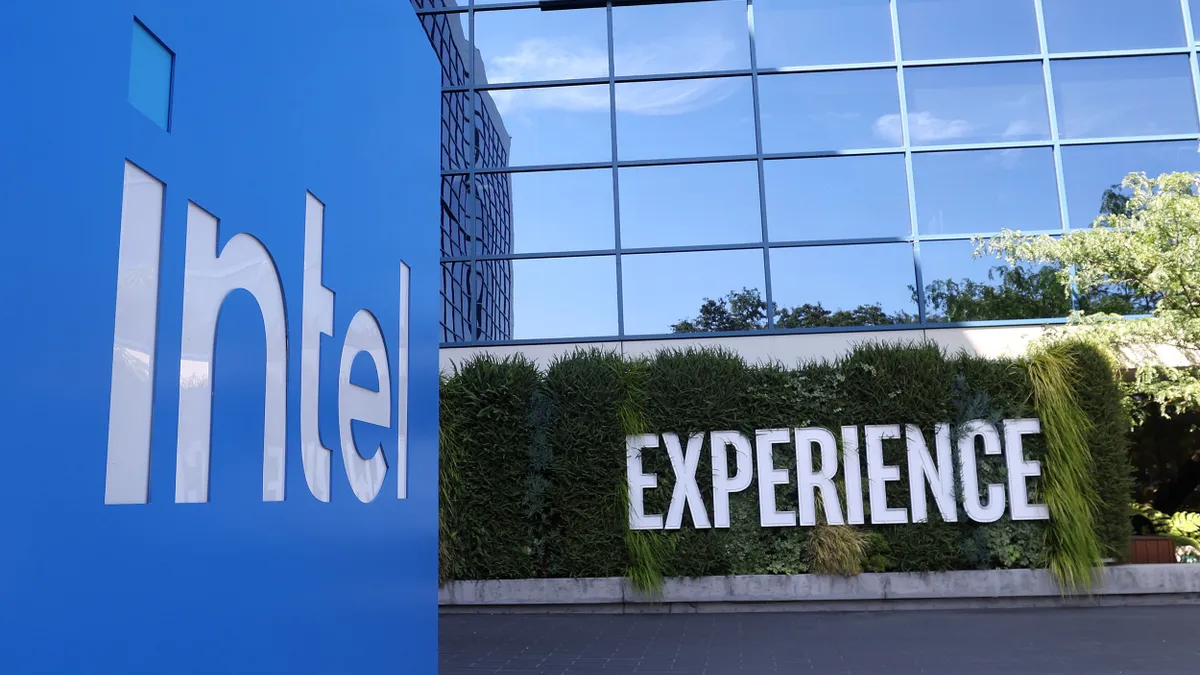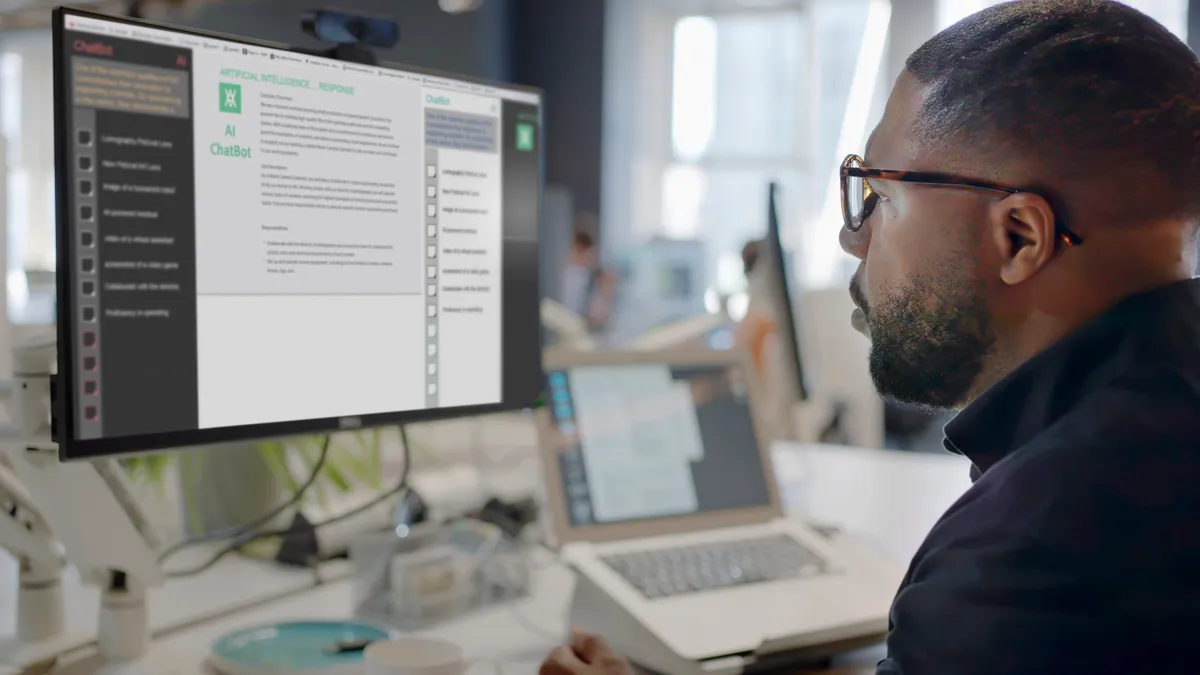There are dozens of great reasons for leveraging public cloud but there are costs, too. Scalability and easy access to best-in-class platform solutions come at a price that may not be fully visible until the bills start rolling in.
Akamai’s been down that path. The technology company was years into its public cloud journey when executives felt the sting of escalating costs and realized it was time to pull back some workloads, reconfigure others and make better decisions moving forward.
“What started organically had ballooned to hundreds of millions of dollars in spend,” Akamai SVP and CIO Kate Prouty told CIO Dive. “We were running lots of workloads in the cloud but there wasn't a lot of oversight.”
Like many organizations committed to modernization, Akamai latched onto the benefits of hyperscale compute to drive in-house innovation. Along the way, the company added to native deployments through acquisitions.
“We acquired companies born in the cloud, they brought cloud with them and our engineers leveraged it,” said Prouty, who’s held leadership roles at Akamai since 1999 and rose to her current position in 2021. “It’s a great playground for engineers, especially those who are really forward-thinking.”
The company’s 2022 acquisition of cloud platform Linode triggered a reassessment that snowballed into an enterprisewide strategic overhaul dubbed Project Cirrus.
Linode provided a landing spot for repatriated workloads within Akamai’s ecosystem.
“When we started thinking about moving our workloads onto Linode it put a spotlight onto just how much we were leveraging hyperscalers and the cost associated with that,” Prouty said.
The optimization plan didn’t sever Akamai’s hyperscaler relationships, but it reduced the company’s public cloud footprint and the related costs. Akamai saved 40% in the first year of Project Cirrus, Ari Weil, VP of cloud computing and delivery product marketing at Akamai, said in an August blog post.
Having Linode solutions to leverage as part of Akamai's cloud portfolio helped, Prouty acknowledged, but the process also uncovered deeper inefficiencies endemic to cloud’s pay-as-you-go billing structure.
“We were overprovisioning and, as we dug into it, we quickly realized that a lot of workloads hadn’t been looked at since they were deployed,” Prouty said.
In addition to an IT audit, the company’s cloud culture needed attention.
“It was a massive effort, not just in terms of moving workloads, but in really rethinking our strategy,” said Prouty. “A lot of it was around training engineers and helping them become stewards of the company because capacity isn't free even when it's running on our platform.”
A cloud learning curve
As cloud usage spreads and migration strategies mature, organizations are learning from each other’s missteps. Enterprises across business and technology industries have fed a growing body of best practices around FinOps to help control costs and rationalize deployments.
Cloud spend remains on the rise despite these advances. Gartner expects the market to grow by 21.5% globally to $723 billion this year, driven in part by consumption of AI and software services.
FinOps solutions are proliferating, too, spreading from cloud engineers to IT and software asset management teams.
Akamai is building tools to monitor workload optimization, track expenses and tie costs to specific public cloud deployments, according to Prouty. “We still leverage hyperscaler services, but we make more deliberate choices for workloads based on business outcomes.”
The company’s shift to more measured provisioning reflects a broader trend toward optimization rather than wholesale repatriation — to hybrid-by-design architectures configured to get the most value from cloud.
“As I talk to my peers out in the industry, many of them are in a similar situation, and it's a little daunting to even think about how to start it, how to strategize it and how to get your arms around it,” Prouty said.
Indeed, tech companies aren’t immune from cloud cost overruns. Most software companies admitted they couldn’t trace 10% of their cloud spend to the correct source, according to a CloudZero survey of 700 SaaS companies.
ProsperOps found billions of dollars in unnecessary spending by AWS customers who failed to take advantage of built-in discounts last year. Akamai cut some of its cloud bills by 75% by using Reserved Instance compute rather than on-demand services, Weil said in August.
Sustaining the level of savings Akamai achieved involved more than just a single department.
“It was a joint effort between finance and our procurement and engineering teams,” Prouty said.
IT still shoulders a big chunk of the burden with a technology as complex as cloud, particularly when mission-critical applications are at stake.
“The heavy lift is evaluating the workloads and making the right determinations because you’re going to have to rewrite some applications and leverage cloud-agnostic principles and tools,” said Prouty.
There are leadership challenges to overcome, as well.
“We were overprovisioned because we were leveraging cloud to compensate for deficiencies in the way our workloads had been developed and engineered,” Prouty said.
“You might not find a lot of people in my seat who would openly admit that, but they’ll say it behind closed doors,” she added. “They’re afraid to open the Pandora’s box because they’re not sure what they’re going to find.”
Correction: In a previous version of this article, Linode was described incorrectly. It is a cloud platform.




















